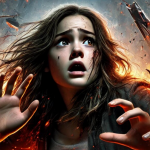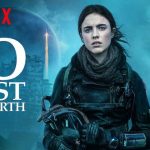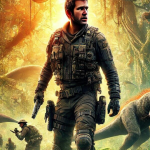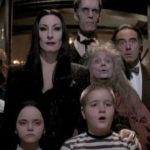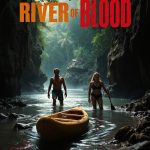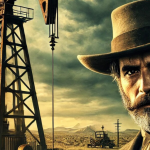The Hobbit: The Desolation of Smaug (2013)
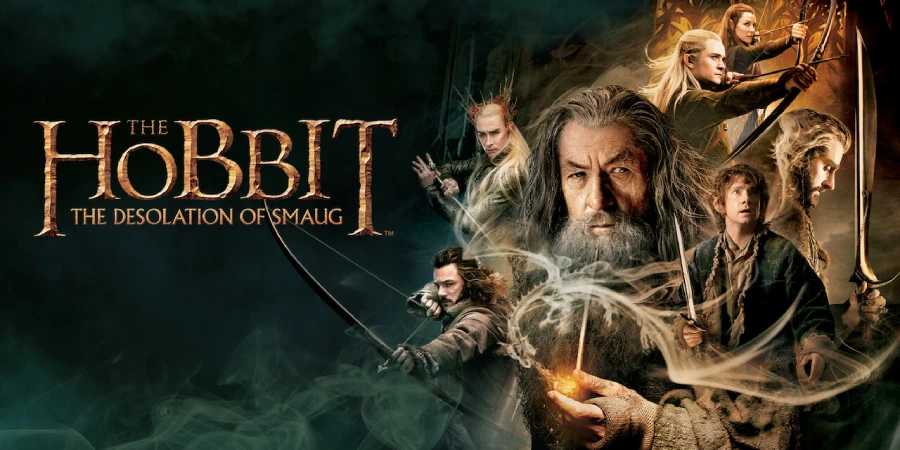
The Hobbit: The Desolation of Smaug (2013) is the second installment in Peter Jackson’s film adaptation of J.R.R. Tolkien’s classic novel The Hobbit. It continues the epic journey of Bilbo Baggins (played by Martin Freeman), the wizard Gandalf (Ian McKellen), and a group of thirteen dwarves led by Thorin Oakenshield (Richard Armitage) as they seek to reclaim the lost Dwarf Kingdom of Erebor from the fearsome dragon Smaug (voiced by Benedict Cumberbatch).
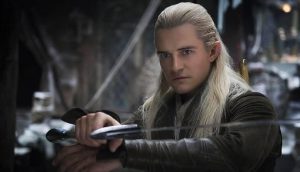
The film picks up where the first part, The Hobbit: An Unexpected Journey (2012), left off, with the company continuing their perilous trek towards the Lonely Mountain. Along the way, they encounter a series of dangers, including giant spiders in the dark forest of Mirkwood, captivity by the Elvenking Thranduil (Lee Pace), and a daring escape down the river in barrels.
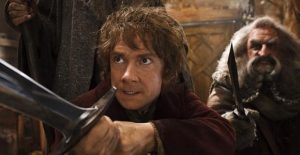
As the group finally reaches Erebor, Bilbo is sent inside the mountain to confront Smaug and retrieve the Arkenstone, a precious gem that Thorin needs to unite the dwarves. The encounter between Bilbo and Smaug is one of the film’s highlights, showcasing the dragon’s terrifying power and cunning intelligence.
Meanwhile, the film also follows the parallel storyline of Gandalf as he investigates the dark forces gathering in Middle-earth, leading to the revelation of the growing threat posed by the Necromancer in Dol Guldur, who is later revealed to be Sauron.
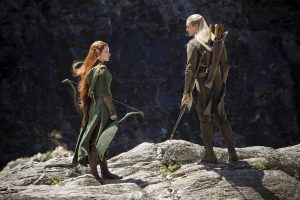
The Desolation of Smaug is known for its stunning visual effects, elaborate action sequences, and the intense performance of Benedict Cumberbatch as Smaug, brought to life through motion capture technology. The film further expands on the world of Middle-earth, introducing new characters like the elf warrior Tauriel (Evangeline Lilly) and deepening the story’s ties to The Lord of the Rings trilogy.
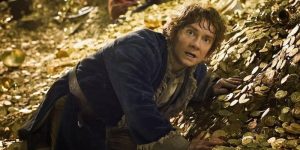
The movie received critical acclaim for its technical achievements, action, and the performance of the cast, though some critics noted that the film diverges significantly from the source material and includes elements not found in Tolkien’s original work. Despite this, it was a commercial success and is widely appreciated for its immersive world-building and epic storytelling, continuing the adventure that would culminate in the final film, The Hobbit: The Battle of the Five Armies (2014).

